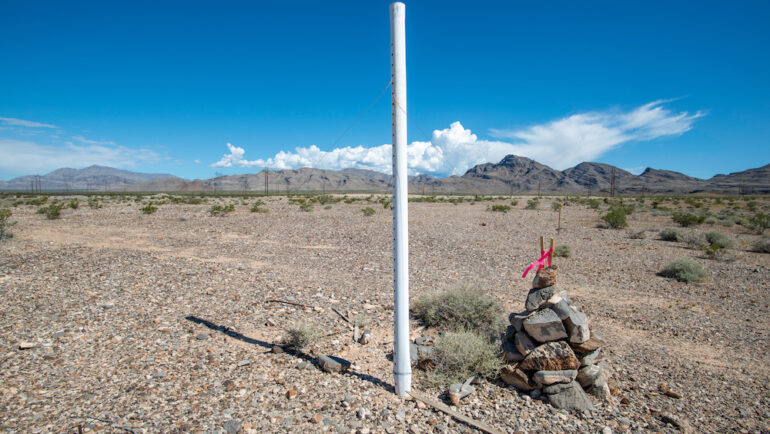Have you ever wondered if you could purchase federal land? The United States government is considering selling some of its vast land holdings to the public for residential development in order to relieve housing shortages across the nation. How might that option—paired with existing programs—help you own a home at an affordable price?
Agencies that hold vast swaths of federal land
The federal government owns 28% of the land in the US, mainly in the western states. For example, in California, the federal government owns half of the land; in Nevada, it owns 80%.
Most of this land is in very rural areas and is not practical for residents who want easy access to employment, shopping, and infrastructure for public utilities. However, some tracts of land are near enough to urban areas that they could be viable for sale to developers for residential use.
The federal agencies that own these tracts are the Bureau of Land Management (BLM), the U.S. Forest Service, and the National Park Service. The BLM is the agency most likely to offer land for sale near urban areas, opening up opportunities for builders of affordable housing.
Affordable housing is defined as housing in which residents spend 30% or less of their gross income on housing costs. The federal government cooperates with developers who intend to build housing that meets this metric.
The cost of lots is a major driver of rising housing costs. Releasing large tracts of land near urban areas for sale at affordable prices could help alleviate the shortage and high cost of housing.
Examples of federal land sales and development
Two examples of federal land being used to develop affordable housing are the Arlington Mill Residences near Arlington, Virginia, and a 500+ acre development in the Las Vegas Valley in Nevada.
Challenges for federal land development
There are challenges to developing land for affordable residential housing. For one, bureaucracy is notoriously thick with regulations and red tape. The federal government will need to examine and streamline regulatory processes for releasing and permitting development projects. Second, environmental law often slows development as the government wants construction to be done in environmentally sensitive ways.
Contact the Bureau of Land Management office in your state for information about possible federal land development opportunities near you.
Related – Go With the Flow: Landowner Water Rights and Responsibilities


